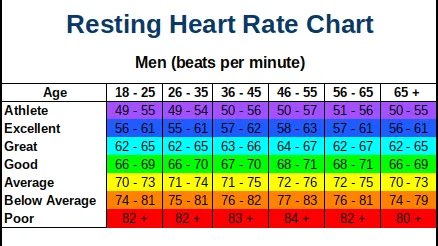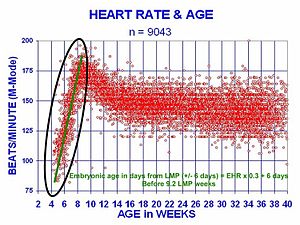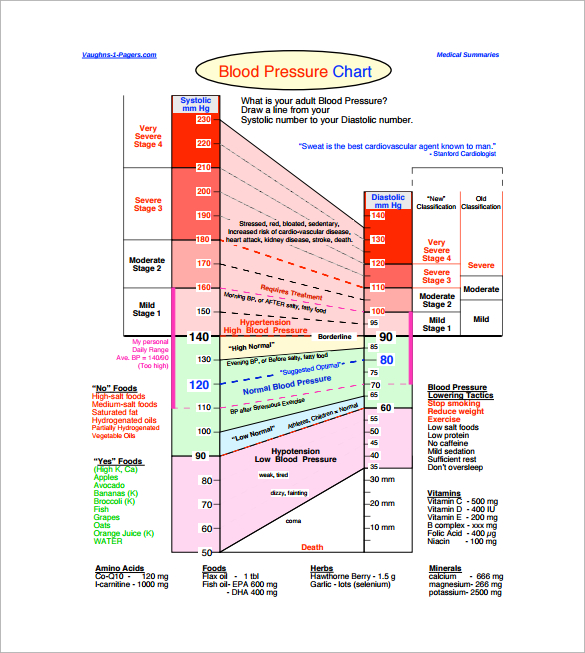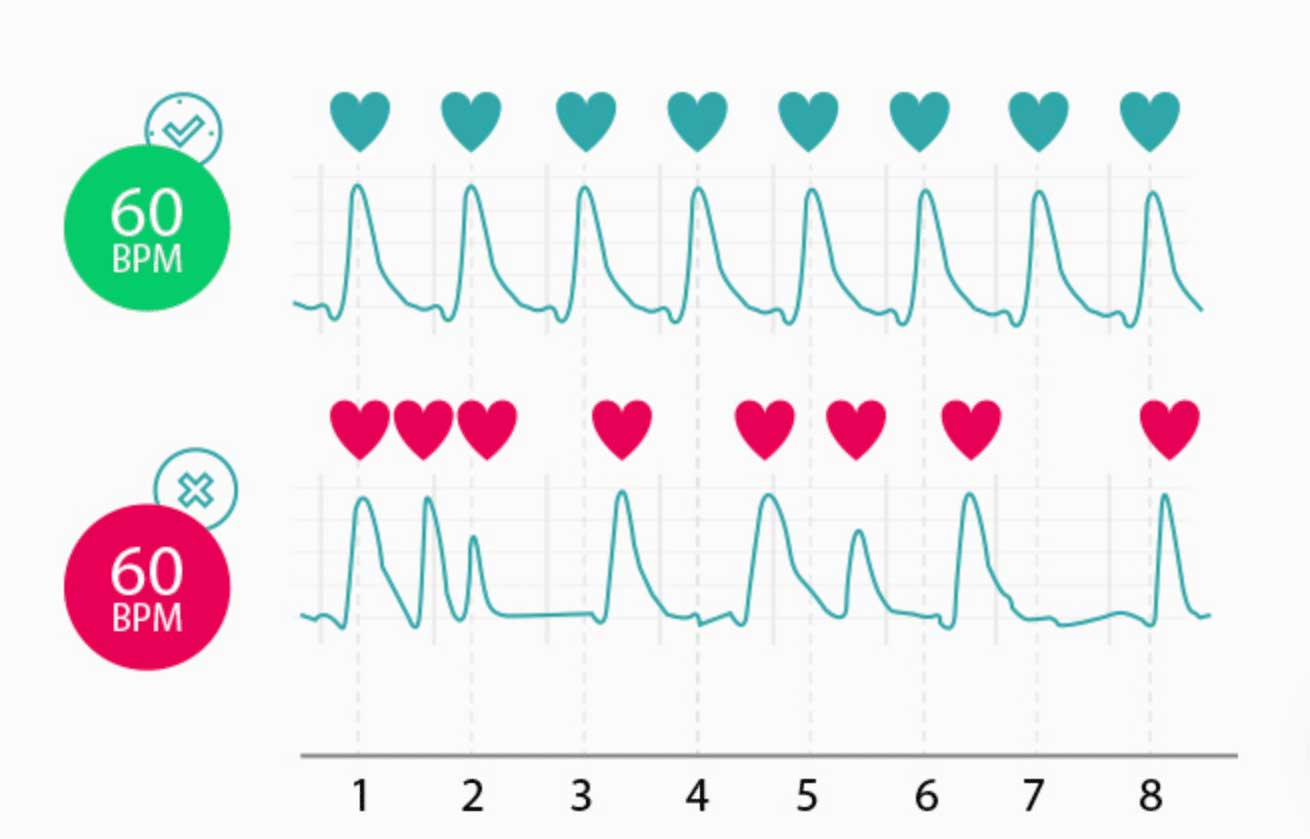Low Heart Rate Chart
Athletes those who are physically active tend to have a lower RHR than those who are less active.
Low heart rate chart. A resting heart rate chart shows the normal range for resting heart rate by age and physical condition. The average heart rate generally increases with age. When Low Oxygen Saturation Affects Your Brain.
But there are certain pathological conditions and physiological conditions that lead to low heart rate. The medical definition of a low blood oxygen rate is any percentage below 90 oxygen saturation. A normal resting heart rate range is between 60 and 100 bpm.
In general for adults a resting heart rate of fewer than 60 beats per minute BPM qualifies as bradycardia. This is due to acclimatization of heart to the constant exercise stress given. 10 rows It is important to consult your healthcare provider before beginning a new exercise regimen because.
An exercise that exceeds the target heart rate is often not beneficial to the body. A normal resting heart rate for adults ranges from 60 to 100 beats per minute. But if you have a low heart rate and are experiencing symptoms like fainting fatigue and dizziness then you should make an appointment with your GP.
Low Blood Oxygen Levels. And physically active adults and athletes often have a resting heart rate slower than 60 BPM. A low resting heart rate can be a sign of physical fitness.
Poor 18-25 54-60 61-65 66-69 70-73 74-78 79-84. View an animation of bradycardia. Heart Rate Chart And Blood Pressure Although your blood pressure can fluctuate a standard reading of 12080mm Hg may be considered normal.
Age Low Intensity 57-63 Moderate Intensity 64-76. Your heart rate may fall below 60 BPM during deep sleep. A normal resting heart rate is between 60 to 100 beats per minute.
For some people such as athletes bradycardia doesnt pose a health risk. Generally a lower heart rate at rest implies more efficient heart function and better cardiovascular fitness. Essentially the lower the resting heart rate is the more efficient your heart functions.
This chart outlines the ideal pressure range for adults. A low resting heart rate is also a. Call 911 immediately if you or someone you know experiences such a low blood oxygen level.
Sometimes a low heart rate is defined as below 60 beats per minute but it would probably make more sense to have low heart rate defined as below 50 beats per minute. With the target heart rate Chart you can determine whether you should increase or decrease your exercise intensity. Your maximum heart rate is the highest heart.
To measure your heart rate simply check your pulse. 7 rows Normal Heart Rate Chart During Exercise. For example a well-trained athlete might have a normal resting heart rate closer to 40 beats per minute.
While unborn babies have a resting heart rate of 160 to 180 normal adult heart rate is between 60 and 100 beats per minute. Athletes have a low heart rate naturally and it can be as low as 40 beats per minute. Oxygen saturation below 90 is very concerning and indicates an emergency.
The medical term for a heart rate of around or less than this is bradycardia. But there are exceptions. But many factors determine your heart rate at any moment.
A normal resting heart rate is between 60 to 100 beats per minute. It also shows the ideal diet and exercise. This chart includes age low intensity moderate intensity vigorous intensity and the aerobic zone.
A slow heart rate or a low heart rate is known as bradycardia and occurs frequently in older adultsAs people get older there is occasional normal wear and tear on the electrical system of. For example an athlete might have a resting heart rate of around 40 beats a minute. However athletes and other people with vigorous exercise regimens typically post sub-60bpm scores sometimes reaching the low 40s.
The chart of blood pressure is a good way to assess your risk of high blood pressure. We highlighted the term adults because for children it is a whole different ball game. While this figure technically qualifies as low resting heart rate in reality it does not signify any health risk.
As a result many athletes have lower resting pulse rates between 40 and 60 beats per minute. Pathologically low heart rate can be due to electrolyte disturbances heart failure congenital heart disease Nodal.

















